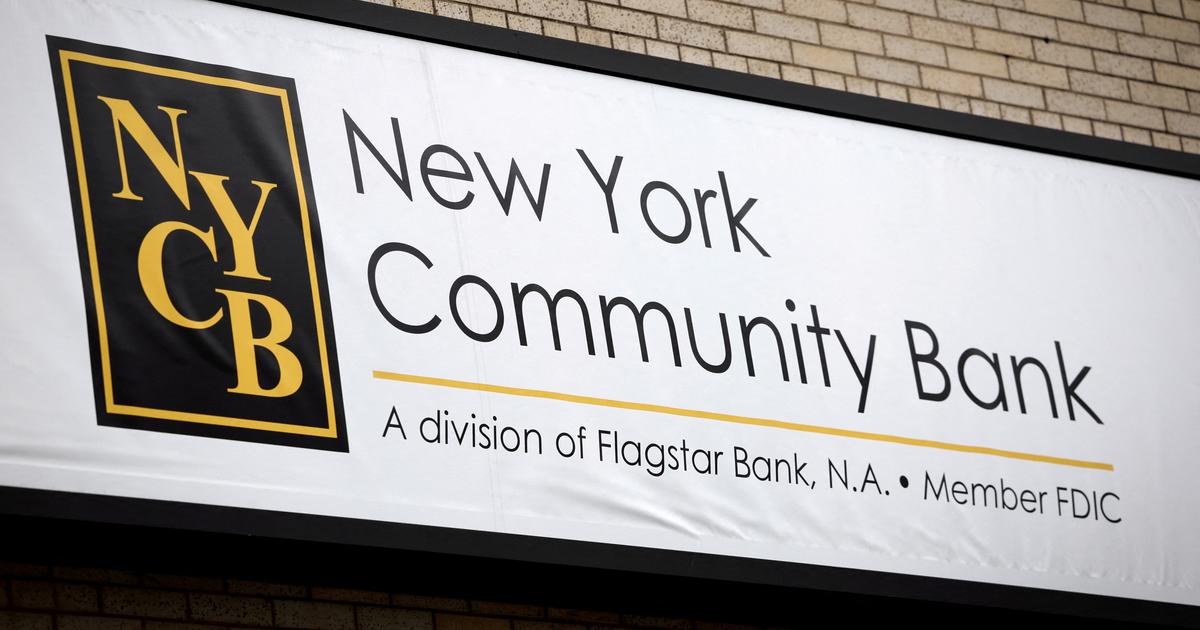By
Lorie Konish
and
Kate Dore
- CNBC
The bankruptcies of Silicon Valley Bank and Signature Bank have raised questions about the level of deposit protection that many customers have not considered since the 2008 financial crisis.
The good news is that the accounts of both institutions can be accessed starting this Monday, after the federal government closed them to, he said, "fully protect depositors."
Most customers have FDIC coverage
Deposit holders at these banks have up to $250,000 of protection per account, thanks to coverage from the Federal Deposit Insurance Corporation (FDIC).
The FDIC was created in 1933 after thousands of bank failures during the Great Recession.
Since it began offering coverage in 1934, no depositor has lost insured funds through a bank closure.
This independent government agency is financed by premiums paid by banks and other thrift institutions.
Silicon Valley Bank headquarters in Santa Clara, California, on March 9. David Paul Morris/Bloomberg via Getty Images
“Most people are going to be covered by FDIC insurance, because most have less than $250,000 in a bank account,” said Ted Jenkin, financial planner, founder of oXYGen Financial and member of the CNBC Advisory Council.
The insurance total is based on the owner's legal name, according to Jude Boudreaux, a financial planner at The Planning Center in New Orleans, and also a member of the Advisory Council.
For example, a married couple with a business can have up to $250,000 insured in an account in the name of one spouse, up to 250,000 insured in an account in the other's name, and up to 250,000 more insured in a business account.
How to check and increase coverage
“If you go to a bank or deposit your cash anywhere, that's the first question to ask yourself: 'Is the money I'm depositing now FDIC insured?'” Jenkin said.
To find out, check your bank statement, he adds, or the FDIC's Electronic Deposit Insurance Calculator.
[Biden affirms that "the banking system is safe" in the face of fear of a financial crisis after the bankruptcy of two banks in the US]
One way to increase your coverage is to open accounts at other banks, especially if you have more than $250,000 in deposits.
You can also talk to your bank, Boudreaux says.
In some cases, they may work with other FDIC-insured institutions to protect and insure larger deposits.
Other safety nets offer protection
Treasury bills are also a good choice now: short-term ones currently perform well and are backed by the full faith and credit of the Government.
“There is nothing better from a security standpoint,” Boudreaux said.
The Government assures that it will not rescue the Silicon Valley bank, but will protect its clients
March 12, 202300:29
Jenkin noted that not all accounts offer FDIC coverage.
For example, a brokerage account opened with a financial advisor will likely be covered by the Securities Investor Protection Corporation (SIPC).
With FDIC coverage, you'll be reimbursed for every dollar (up to the $250,000 limit) if your bank fails, plus interest through the date of default.
With SIPC, if something happens to your brokerage firm you are covered for up to $500,000, with a limit of $250,000 in cash.
However, SIPC protection is limited and, in particular, does not cover your securities losing value.
Diversification: a cautionary tale
The Federal Reserve is also creating a Term Bank Financing Program to insure institutions affected by the instability caused by the bankruptcy of the SVB.
[USA. Silicon Valley Bank bailout ruled out and employees fear for their salaries]
“All Americans should feel confident that their deposits will be there if and when they need them,” President Joe Biden said Monday in a speech aimed at allaying fears about the US banking system.
However, the biggest problem for some investors may be exposure to the financial sector.
While some may have less exposure through an index fund, there may be more risk through funds focused on the financial sector or individual stocks.
“This is a bit of a cautionary tale when it comes to diversification issues,” said Lee Baker, financial planner and owner of Apex Financial Services in Georgia.
“I think it can be an enlightening moment to talk to customers,” he added.
Still, despite mounting fears, he doesn't see the bank failures as a repeat of the 2008 financial crisis. “We're not about to head down the path of a 40% market decline,” he said.
In his opinion, there is no reason to make "big moves and panic at the wrong time."
Investors must “stick with the process
Ivory Johnson, CFP and founder of Delancey Wealth Management in Washington, DC, advised her clients to "stick with the process," explaining that a portfolio should fit an investor's goals and risk tolerance.
“If it was conservative before, it should be conservative now,” said Johnson, who is also a member of CNBC's Advisory Council.
But if his strategy told him to buy tech stocks and regional banks in the current market environment, "it's time to review it."








